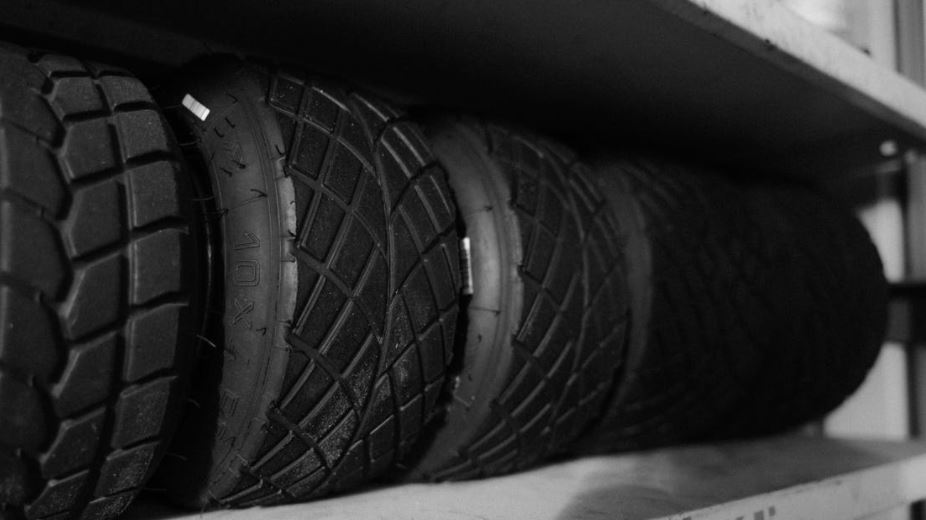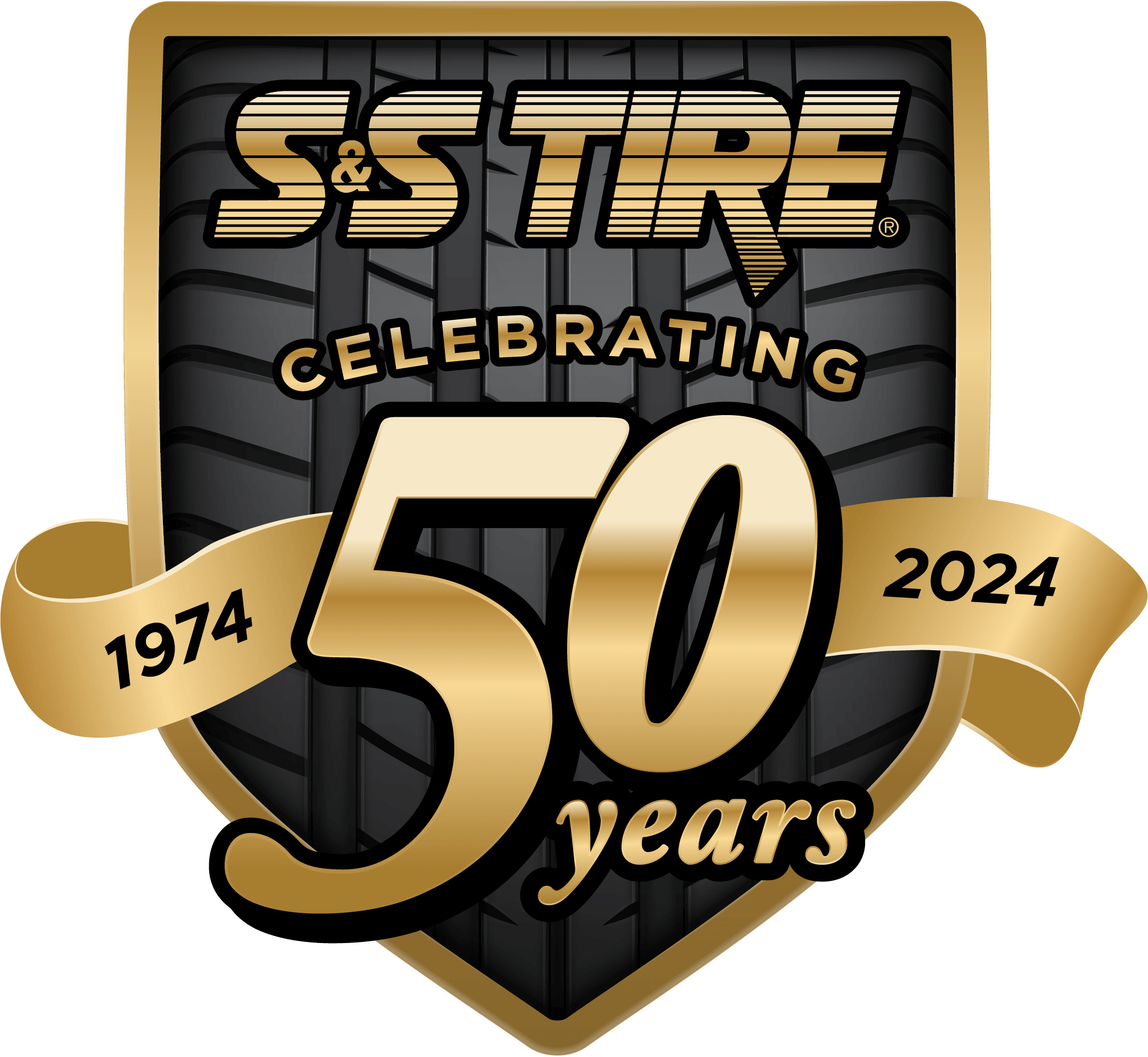To the untrained eye, it may look like tire tread patterns are all the same. In fact, tires have a variety of tread patterns, depending on tire type. Since the early days of the rubber tire, engineering has changed a lot. While the first rubber tires were solid, today’s rubber tires are made from specially formulated rubber compounds and the tread is engineered to provide specific safety features.

Just as vehicles are engineered with a particular type of performance in mind, there are specific tire tread types and patterns that match each kind of intended performance. Tire tread helps vehicles to corner tighter, accelerate more smoothly, and brake reliably. Tire tread is also capable of helping to maximize fuel economy.
Categories of Tire Tread
Directional Tread
This type of tire tread is designed to roll in one direction and often features arrows to indicate the proper direction. Directional tire tread allows for water to be displaced from the tire to decrease the risk of hydroplaning. In order to maintain the best performance, directional tires should be rotated front to back. Because each tire is designed and angled to perform best on a specific side, they should remain on the side of the vehicle they are in when doing front and back rotation.
Symmetrical Tread
This tire tread has the same pattern of continuous grooves, independent lugs, or both across the entire tread surface. This quiet and long-lasting tread type is very widely used, and is found on most non-high-performance passenger cars. Symmetrical tires may be rotated in a variety of different ways to help extend the life of the tires.
Asymmetrical Tread
A popular choice for sports cars, this tread type is like a hybrid in that it combines a variety of tread patterns to provide maximum grip on both wet and dry roads. In most cases, the inside and middle areas of the tire will be designed for wet traction. The outer side of the tire features large tread blocks for maximum cornering capability on dry surfaces. Many different rotation patterns can be used for tires with asymmetrical tread patterns. Asymmetrical tread tires typically have position guidelines stamped on them to ensure proper placement.
Directional/Asymmetrical Tread
Offering the best attributes of both kinds of tread, this tread type has the V-shaped pattern of the directional tread for discharging water away from the tire as well as the dry weather traction of the asymmetrical tread. The proper rotation for this tread pattern is the same as is used for directional tires.
When you are ready for new tires, talk to your local tire specialist to find out the right tire type and brand to meet your needs.
